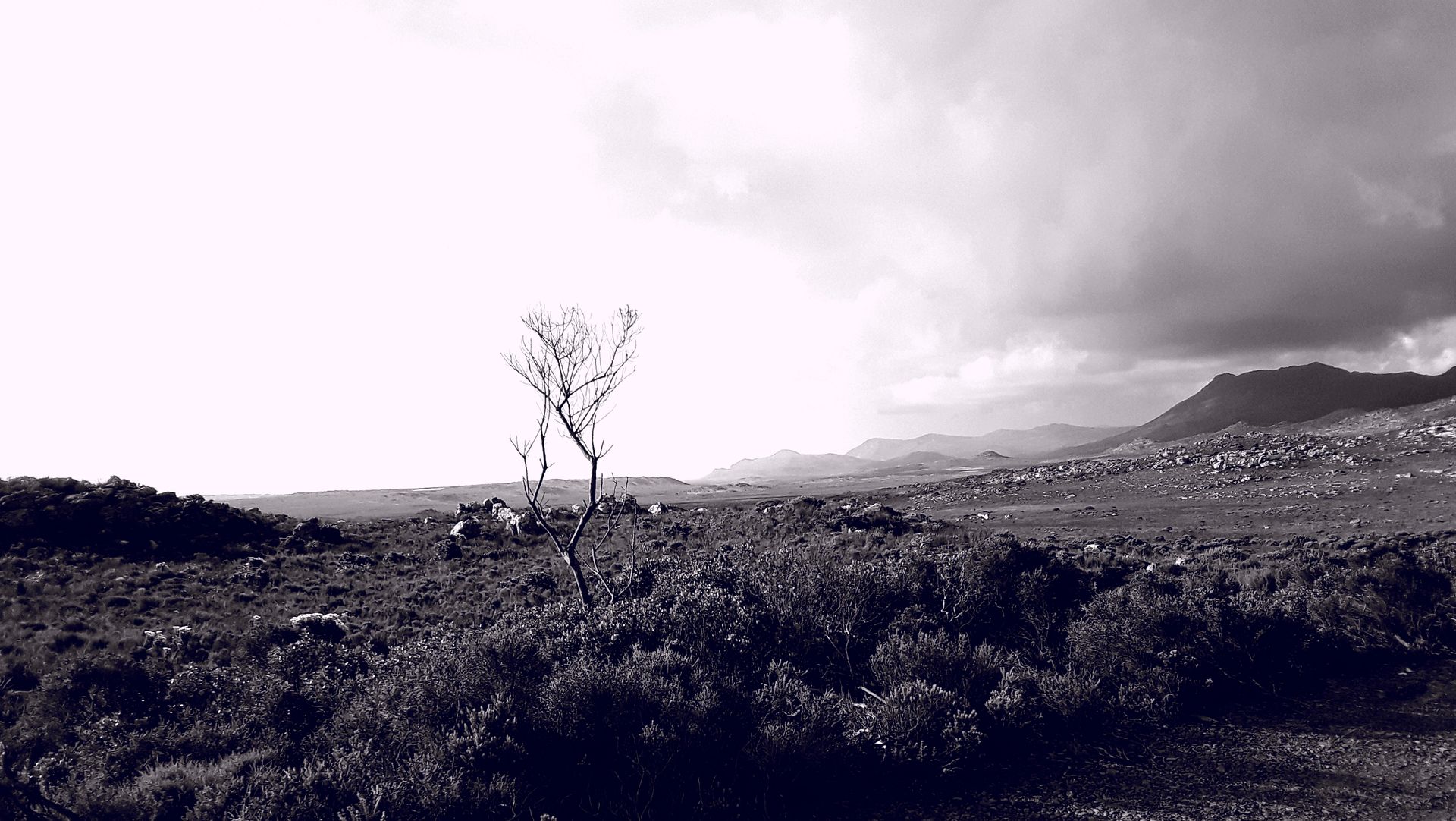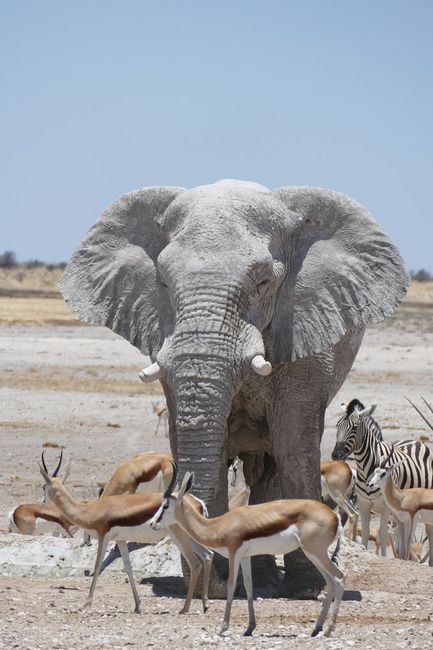Swakopmund, the Namib and then back to South Africa
منتشر شده: 18.11.2018
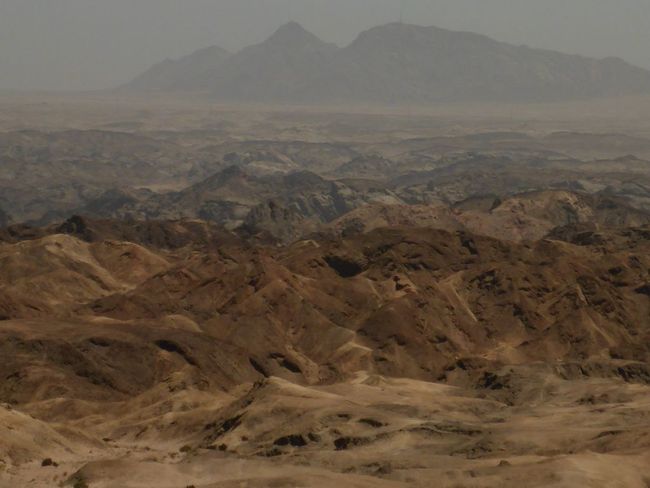
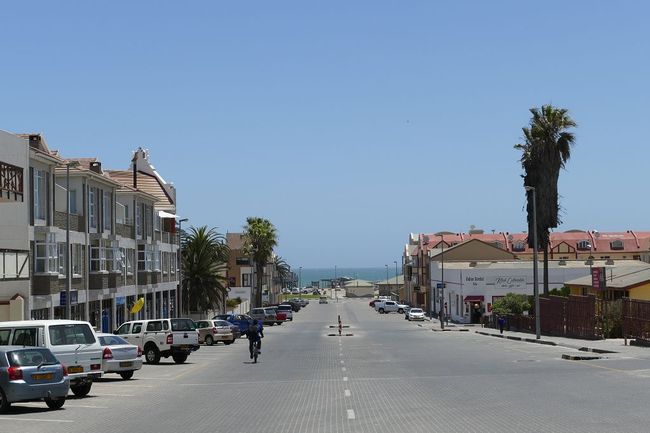
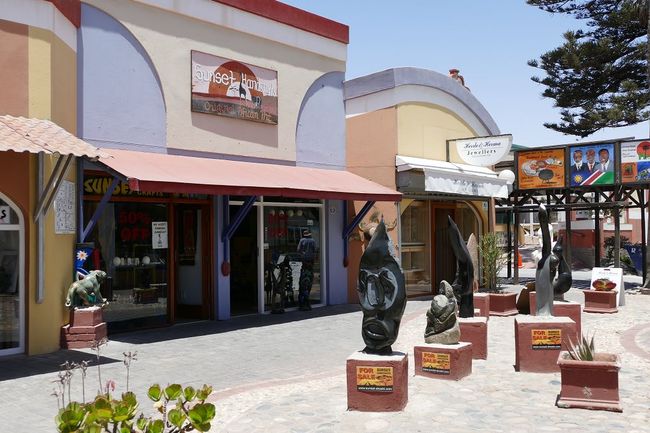
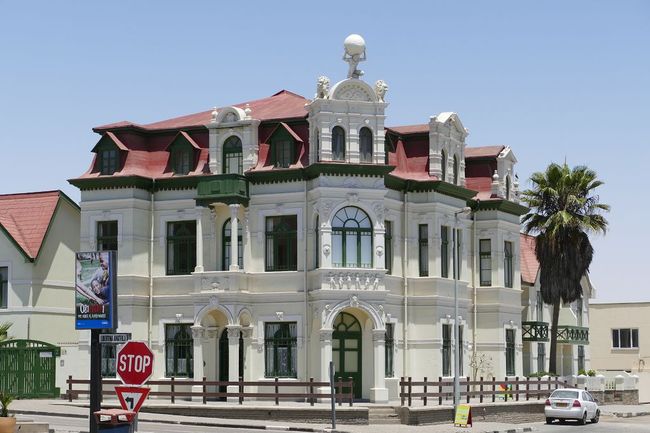
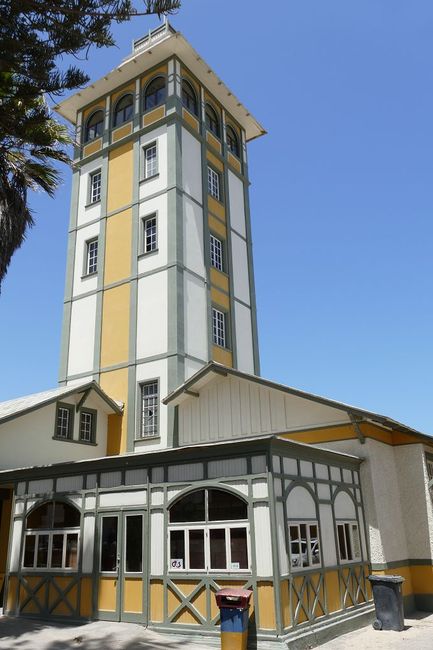
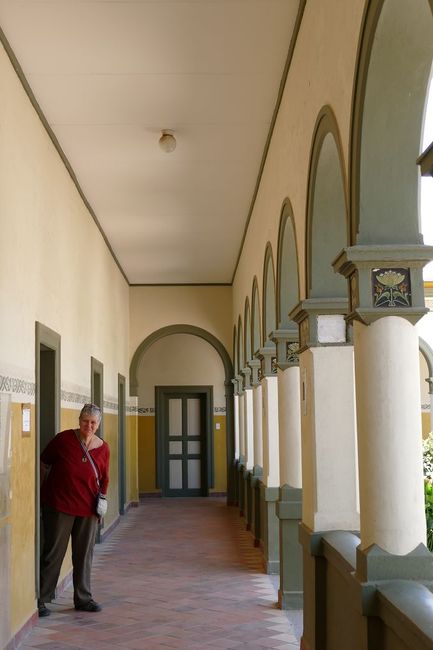
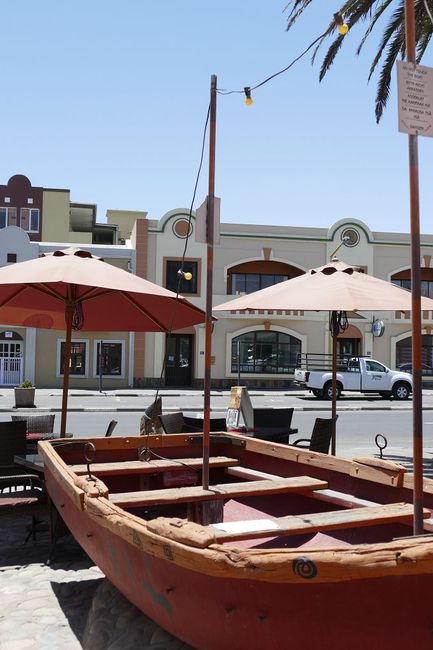
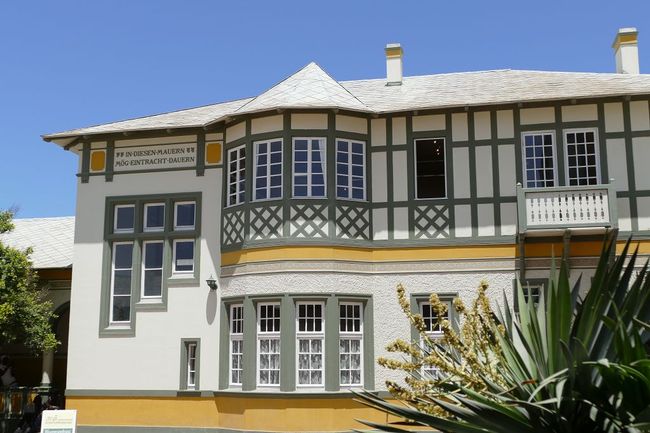
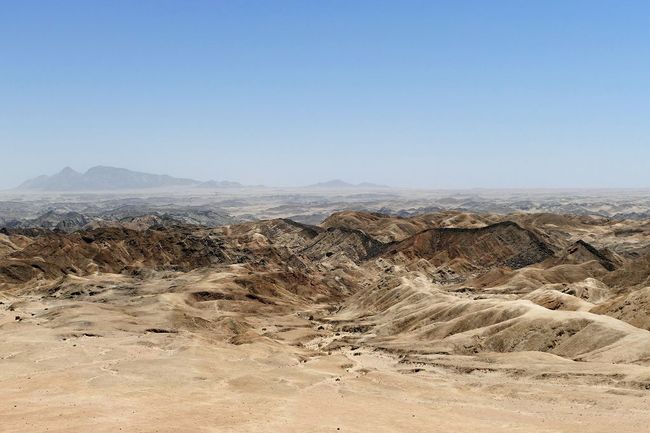
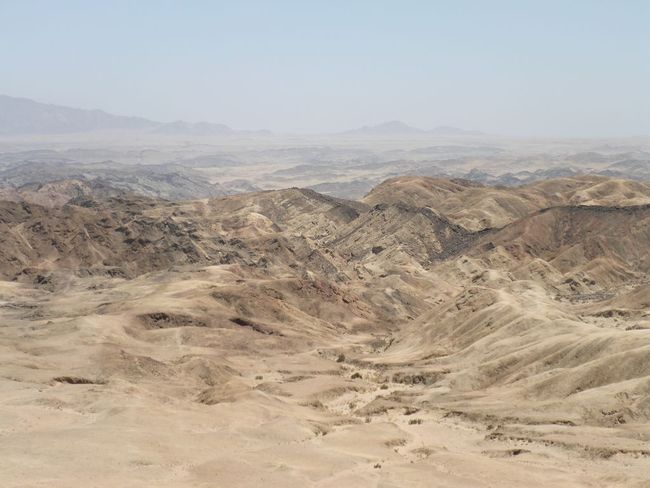
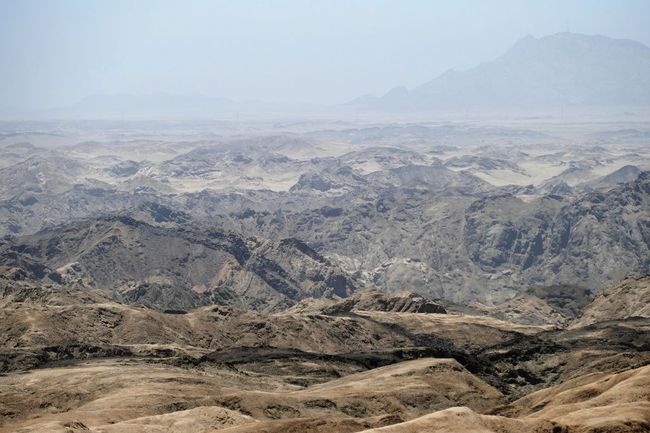
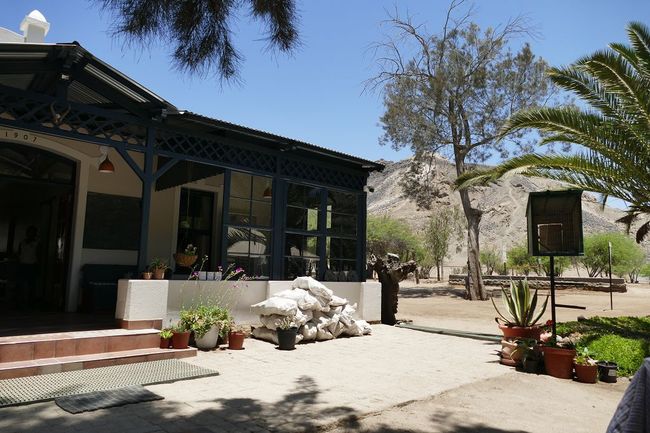
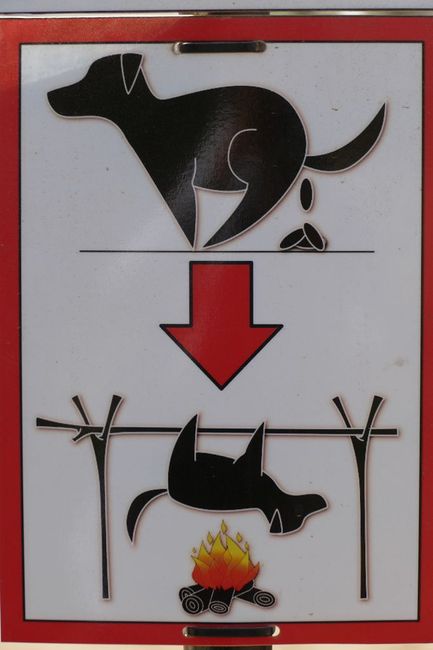
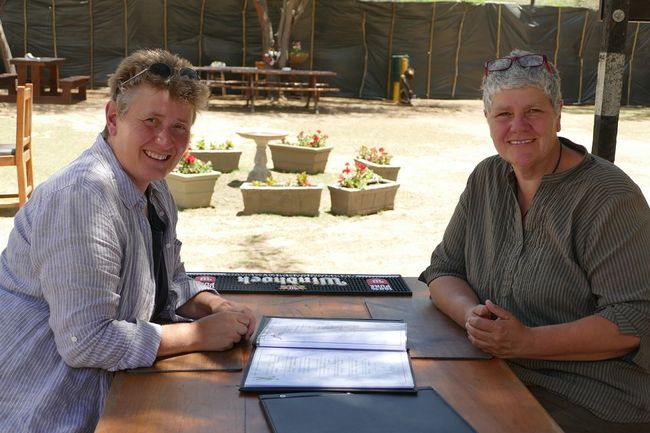
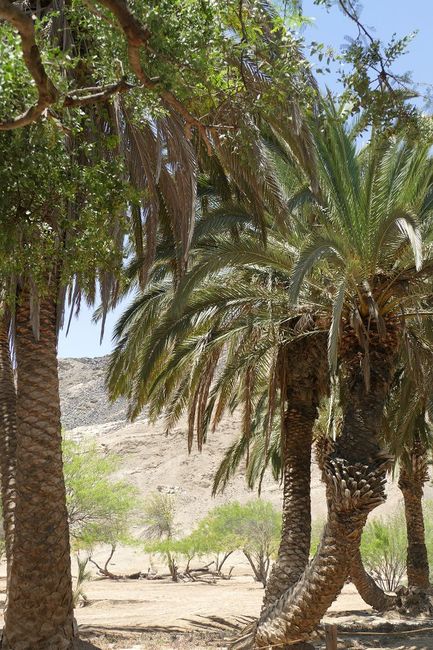
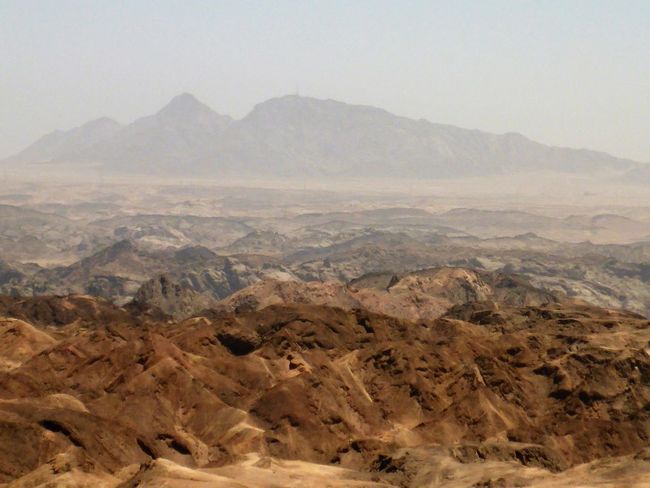
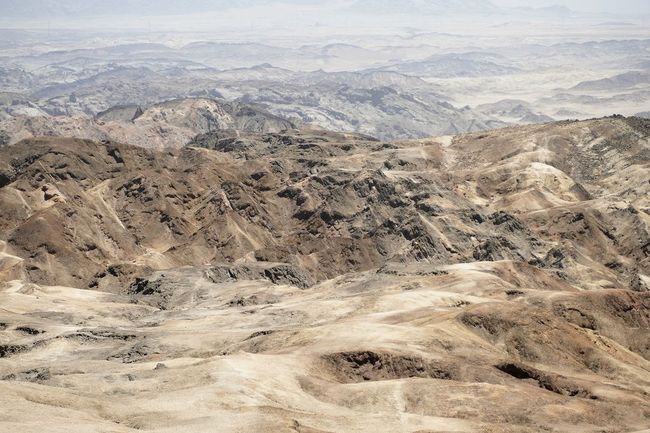
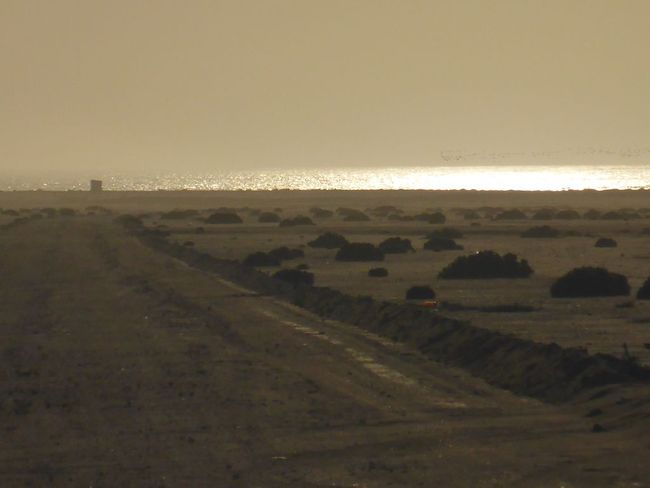
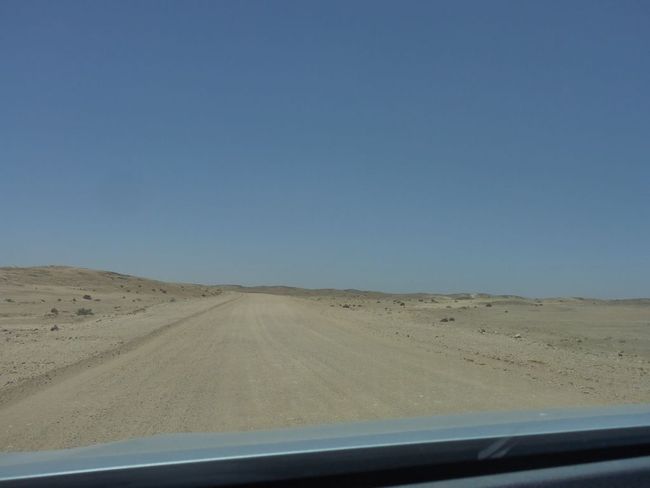
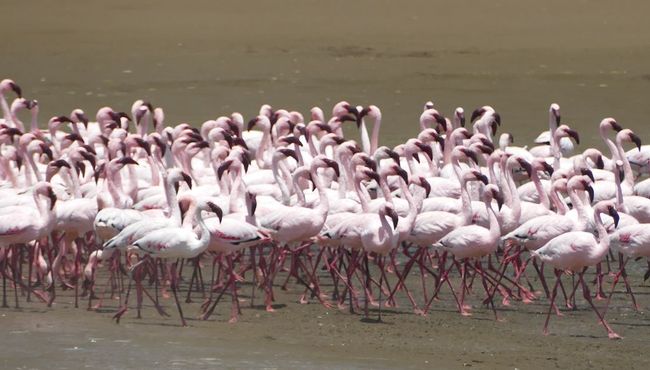
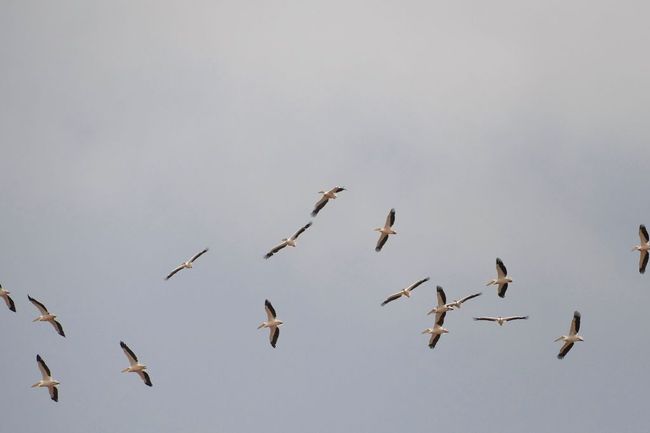
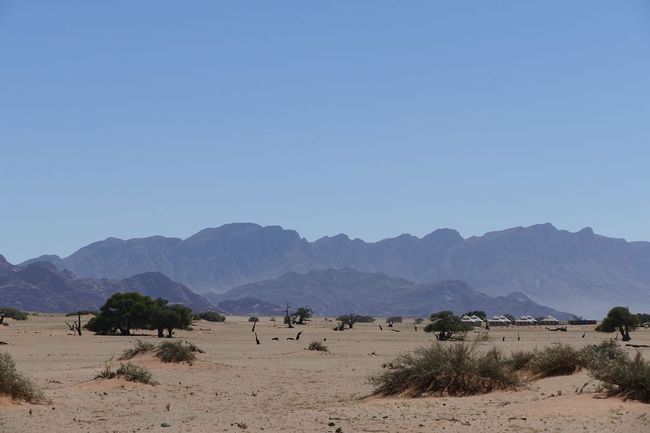
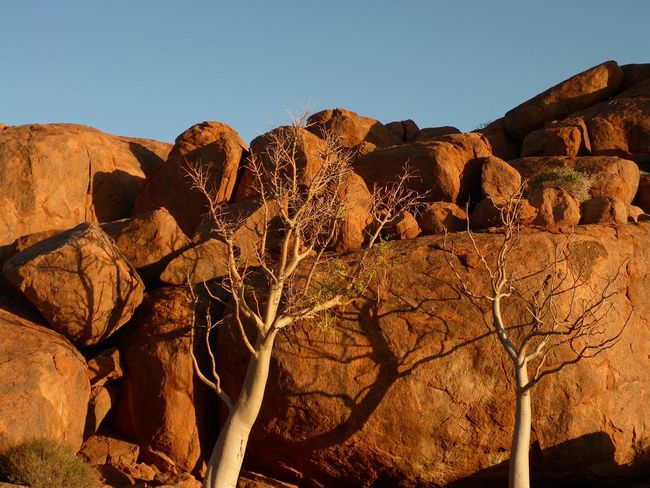
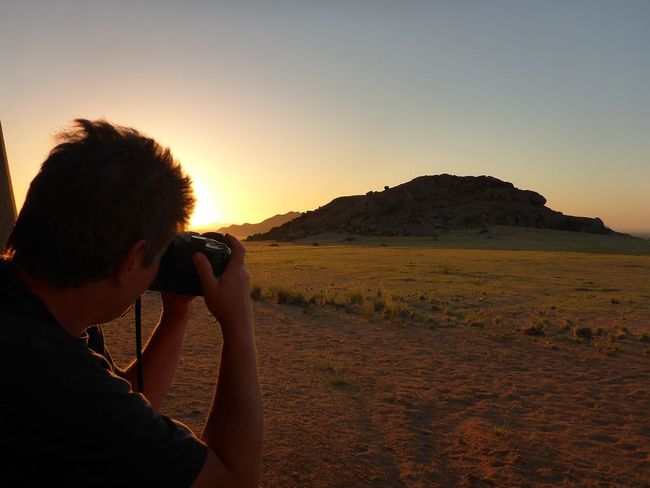
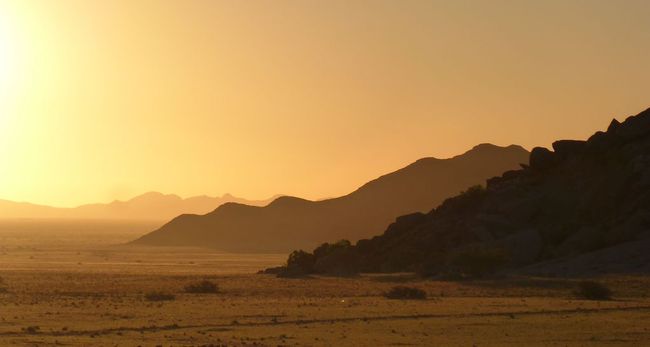
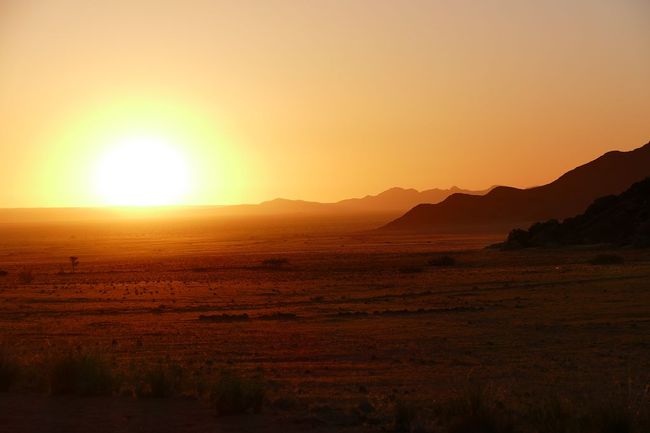
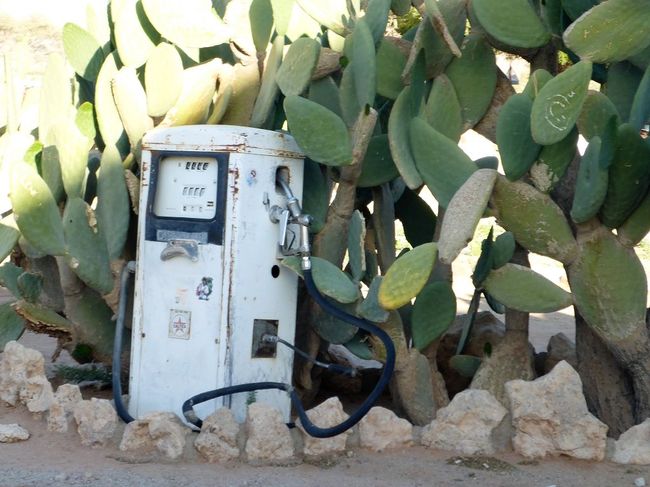
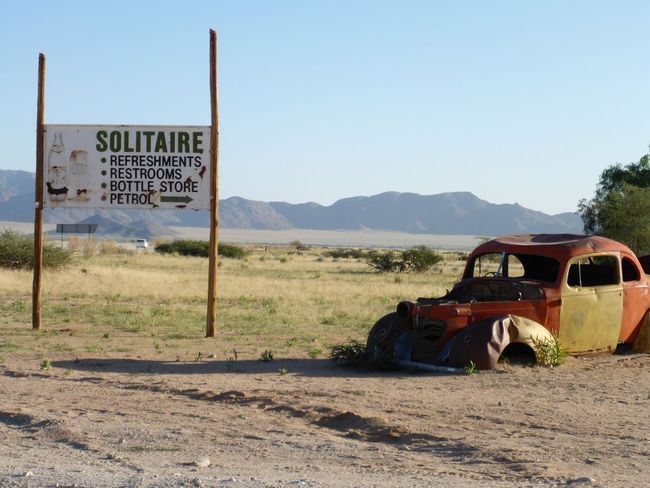
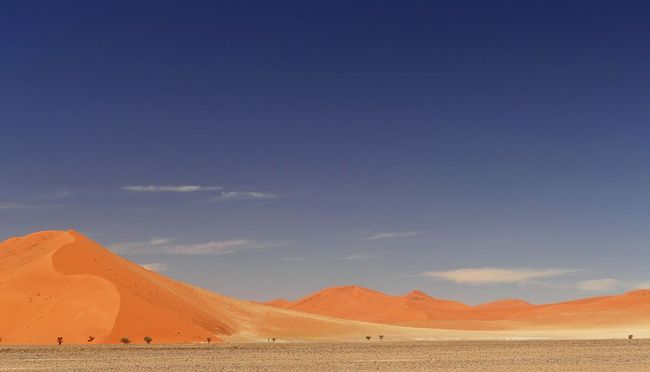
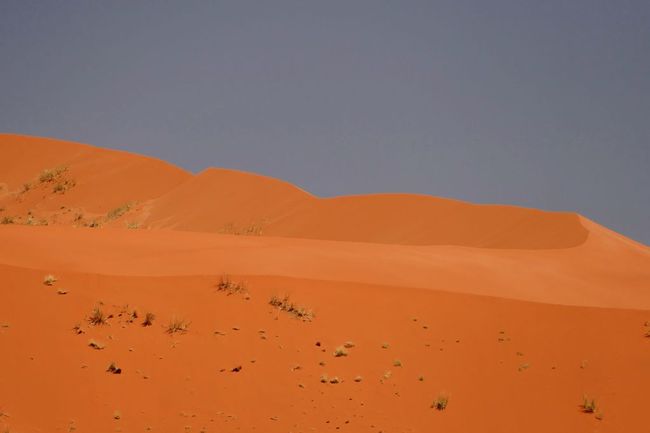
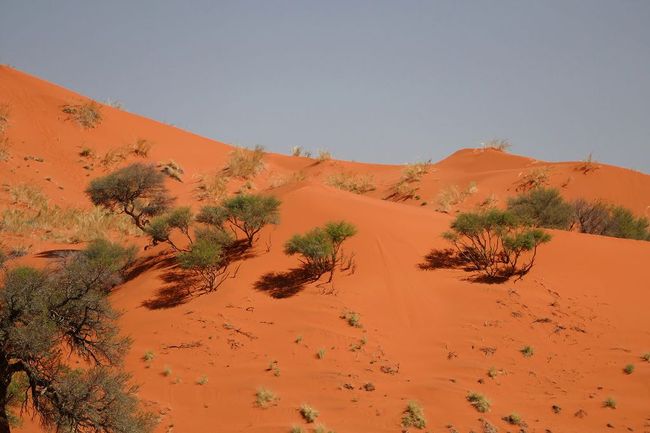
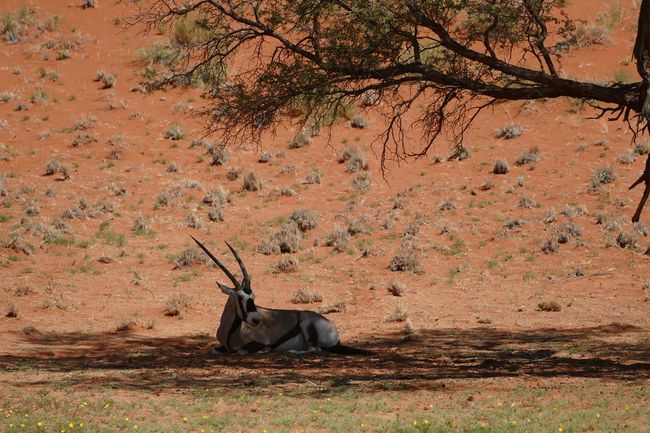
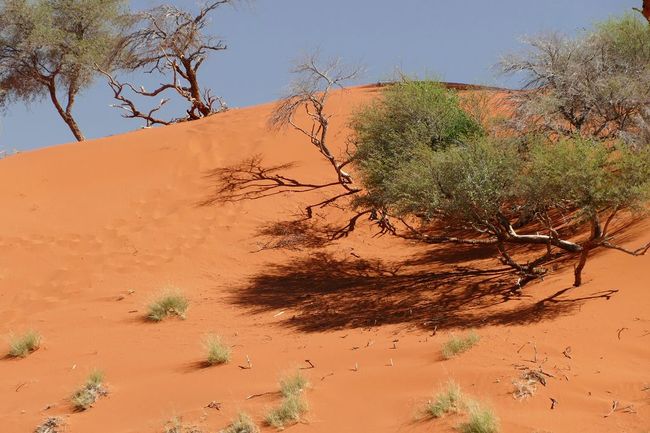
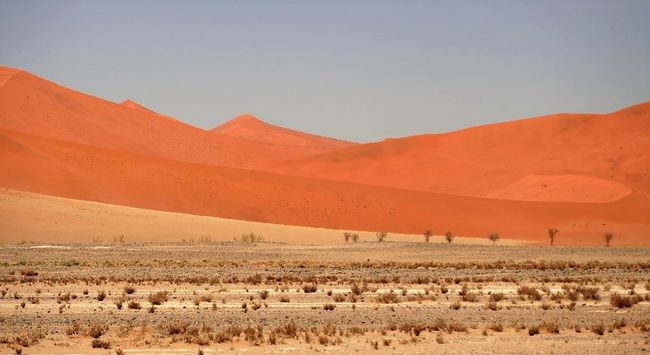
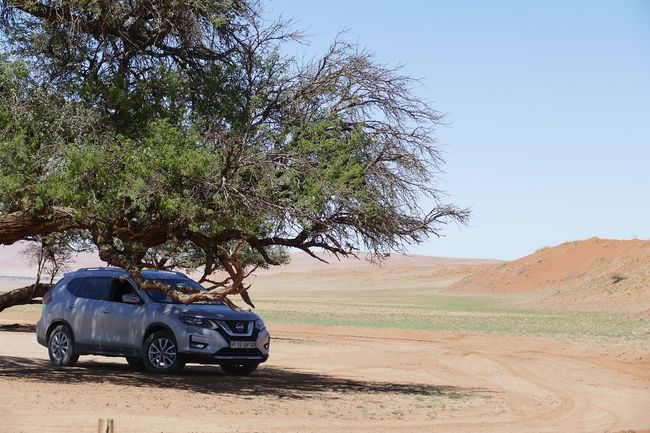
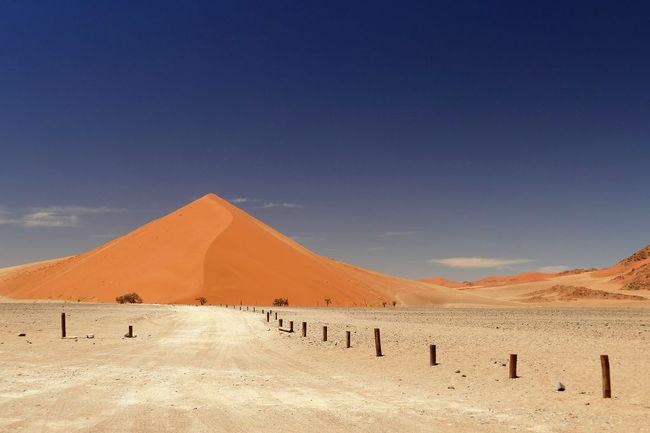
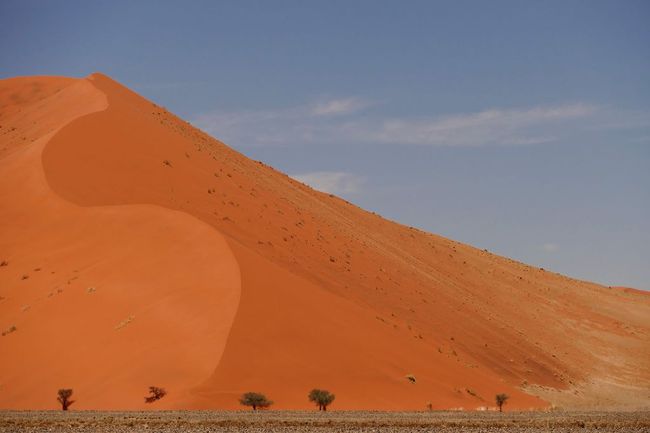
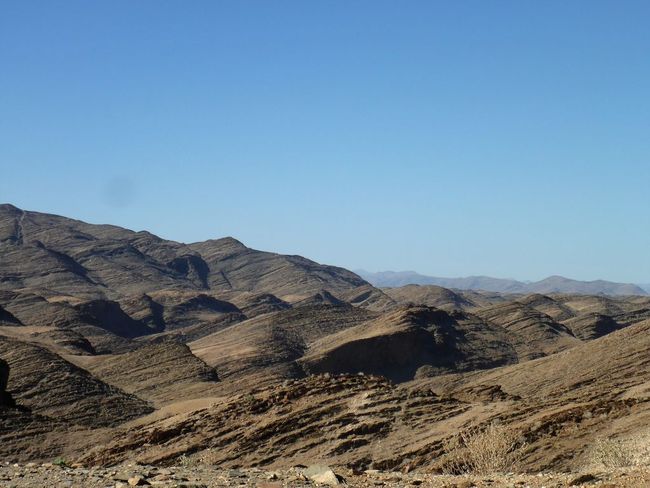
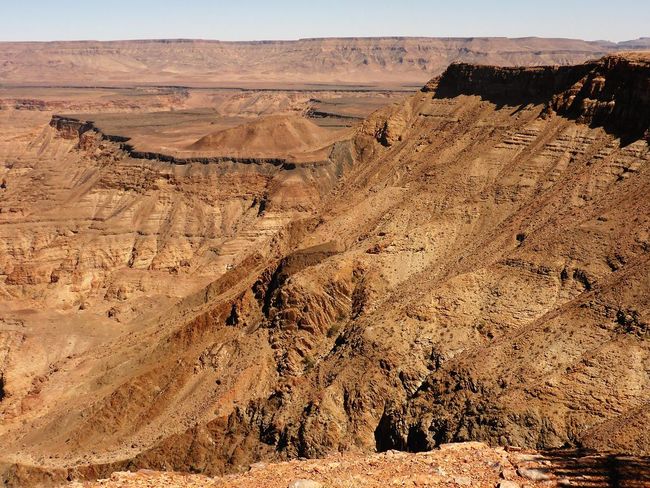
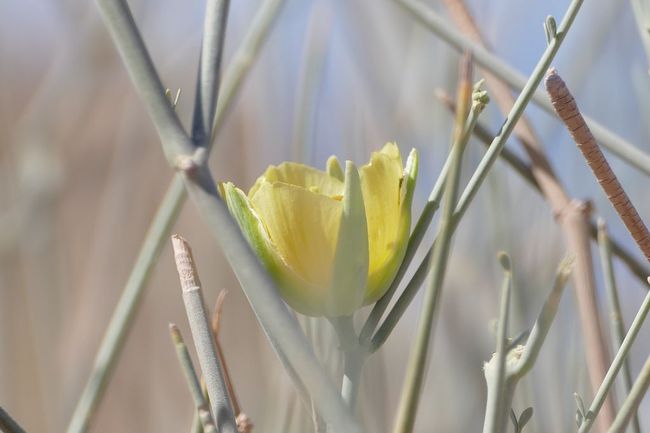

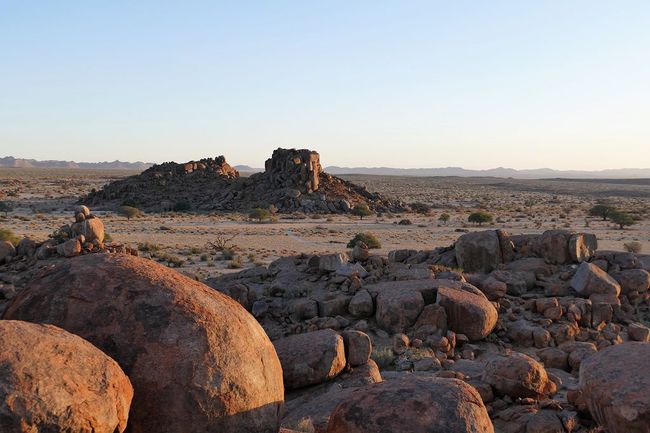
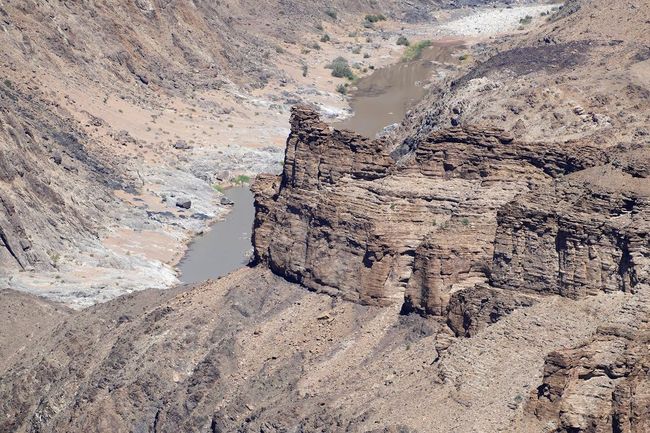
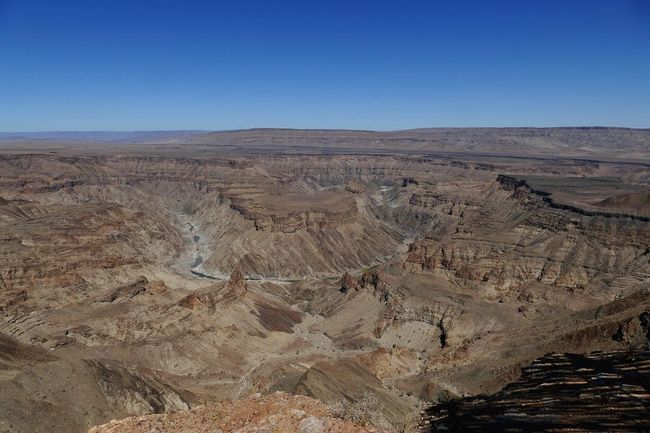
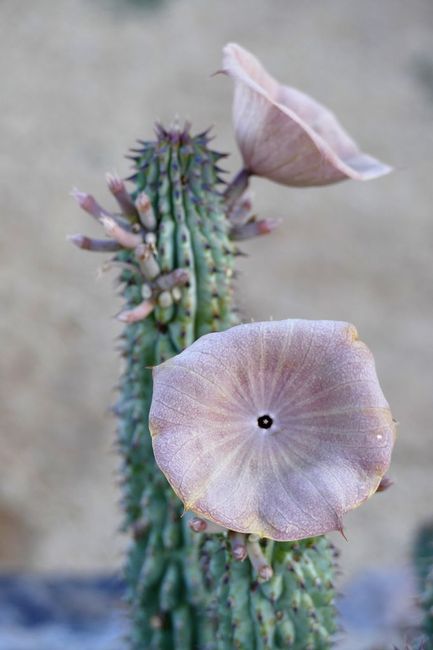
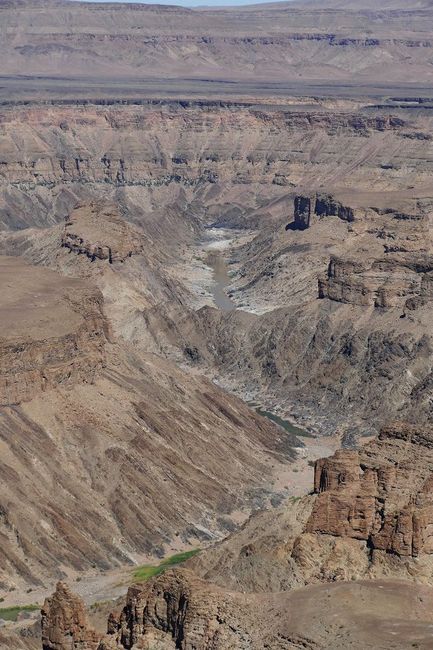
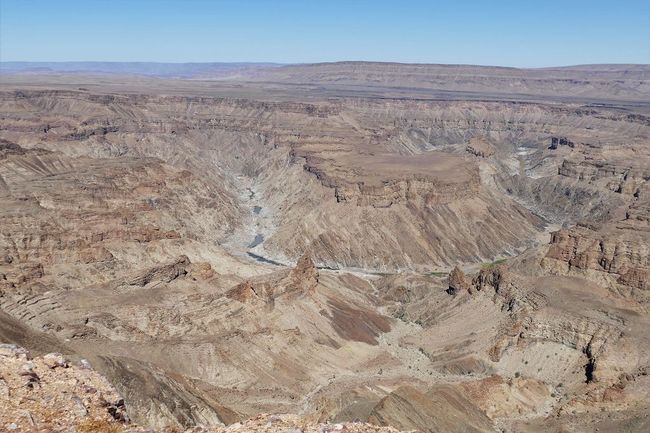
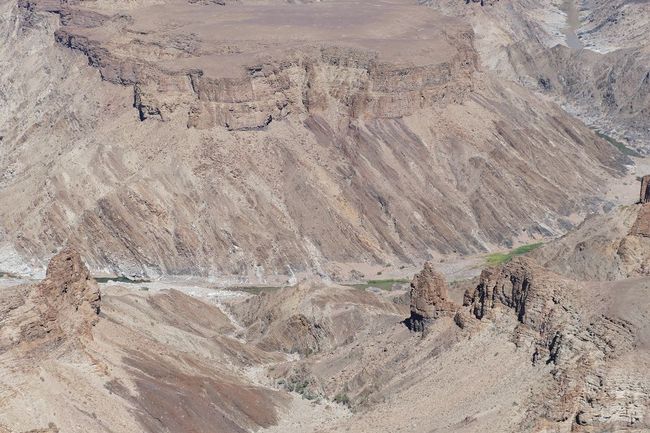
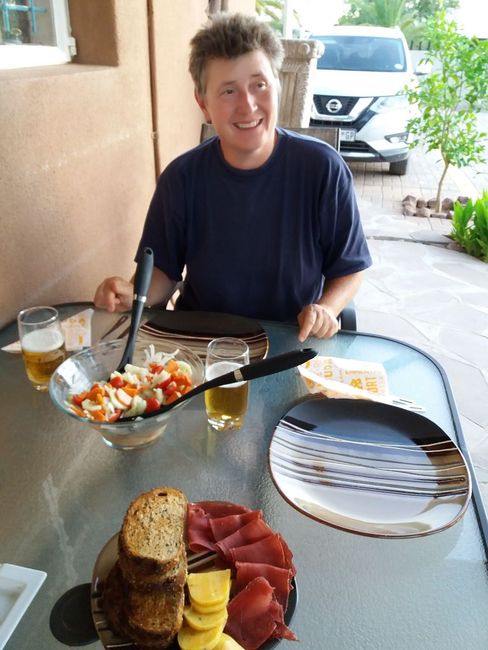
مشترک شدن در خبرنامه
After so much wild nature in Etosha National Park, we now feel like visiting a nice, small town, so we head to the picturesque Swakopmund. After a spectacularly beautiful drive down the edge of the plateau to the Atlantic, we reach a piece of Germany in the middle of Africa. The small town of Swakopmund, founded in 1892 by German settlers as a port to colonize and supply the land, still exudes German tranquility to this day. Beautiful houses, half-timbered with Art Nouveau and classical elements mixed, everything that was popular at the time, breweries with brass music in the evenings, cafes, many German street names and pure High German in the buzz of the streets all feel very strange in the middle of Africa. We have found a chic, huge apartment in the old town, very close to the promenade, and enjoy the coolness of the Atlantic, strolling through the many small shops, and the 'best ice cream in all of Namibia' in a small cafe. Among the many trinket shops, we notice a signpost to a small gallery hidden in a courtyard. Here, a campaign by local artists is taking place. Each one has created a artwork in the same format, which is offered for sale at a uniform price. It is really diverse, colorful, and original, and we soon get into a conversation with an elderly lady who initiated this exhibition. She is delighted to have guests from Germany and tells us about her eventful life, her grandparents who emigrated to South West after the First World War. However, after the First World War, they had to be expelled by the South Africans and return to Germany, where they tried to establish a new existence in the old homeland in Lusatia. She tells us about herself and her parents, who also had to flee from there after the end of the Second World War and stayed in a camp in West Germany until they were finally allowed to travel back to Africa - and about her concerns for the future of Namibians of German descent in independent Namibia. She is also well informed about current European and especially German politics and is shocked that a far-right party is now sitting in the Bundestag again. We spend an exciting afternoon with her and leave the little gallery pensive and with many new impressions.
Our next destination is the Namib-Naukluft Park or the Sossusvlei, a salt clay pan surrounded by spectacular sand dunes that are covered with water only in rare rainy years. The sand of the dunes contains a lot of iron oxide and therefore shines in intense red and orange tones, which makes them one of the most sought-after photo motifs in the world, especially at sunrise. They are also the tallest dunes in the world, reaching up to 360 meters. To get the perfect photo opportunity, you have to stay in the park, only then can you be there for sunrise or sunset. Unfortunately, the affordable accommodations are all fully booked, so we stay outside the park, sleep in and drive into the park when everyone else is leaving. So we don't have the grand experience, but we have the dunes almost all to ourselves.
Our last highlight in Namibia will be the Fish River Canyon, the largest canyon in Africa and probably the second largest in the world. Bigger, longer, deeper, more beautiful, hotter ... it doesn't matter, it is impressive in any case. We take our time and stroll from one viewpoint to the next for a whole day, enjoying the scenery in the Ai-Ais Richtersveld Transfrontier Park.
Then it is finally time to say goodbye to Namibia. While reading, we realized how often we used the word spectacular, and it is truly the right word to describe the landscapes and nature in Namibia. We struggled a bit with the steppe-like Kalahari, but the Naukluft Mountains and the fascinating Namib Desert soon captivated us. We spent two nights in camps in the desert, and even though we didn't find the accommodations themselves particularly exciting, the views, the atmosphere, the sunsets, and the nights in the desert were a unique and beautiful experience. Many things in Namibia were challenging for us, but the landscapes and nature are uniquely beautiful, and we do not regret spending a lot of time in this country. We also do not regret traveling alone instead of with a tour group, which is much more common here. This allowed us opportunities for encounters, experiences, and impressions off the beaten path.
مشترک شدن در خبرنامه
پاسخ (2)
Kerstin
Das kommt uns alles so bekannt vor auf den tollen Fotos! Landschaftlich ein wunderschönes Stückchen Erde! Viel Spaß dann in Südafrika , LG Günter und Kerstin Barbara
Ilse: was habt Ihr dieses Jahr nicht alles gesehen und erlebt. Es ist einfach unglaublich. Tolle Bilder!!!!!!
es gesehen!! Es ist einfach unglaublich 